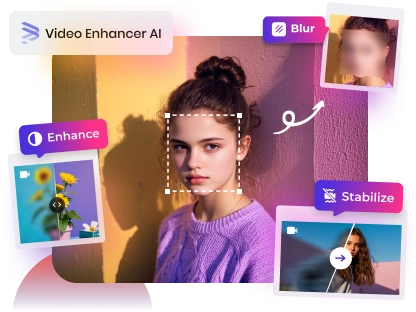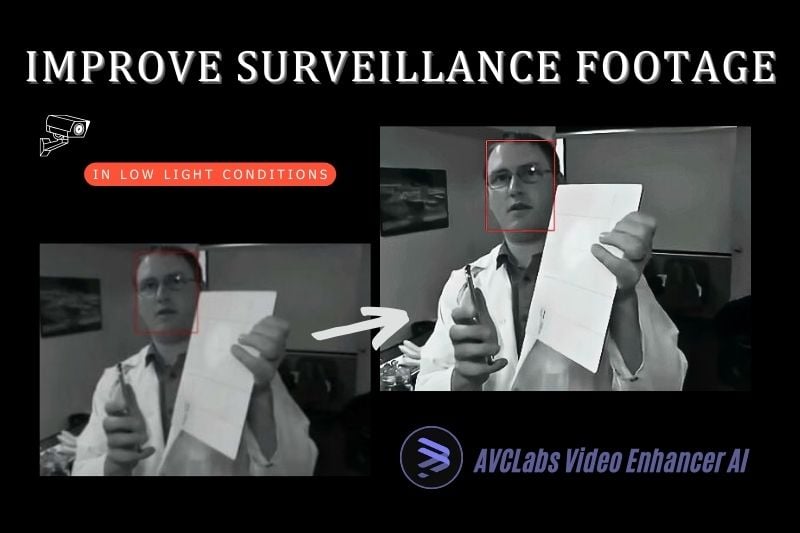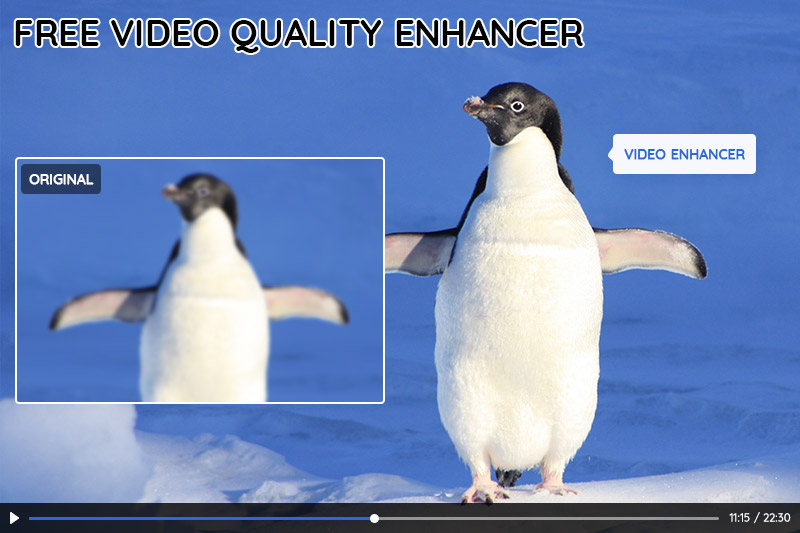How to Use AI to Restore Old Film Footage of Historical Artifacts?
Can AI-Tech be utilized to restore old film footage of historical artifacts? What sets traditional manual repair apart from modern methods? Throughout human history, the transmission of civilization has relied on the preservation of historical artifacts. In the 21st century, AI restoration have emerged as the most impressive approach to preserving historical artifacts. In this article, we will explore how to restore old film footage of historical artifacts, as well as introduce the best AI tool for such restoration, including examining the differences between AI restoration techniques and traditional manual repairs of historical artifacts, and will clarify the process of digital film restoration.
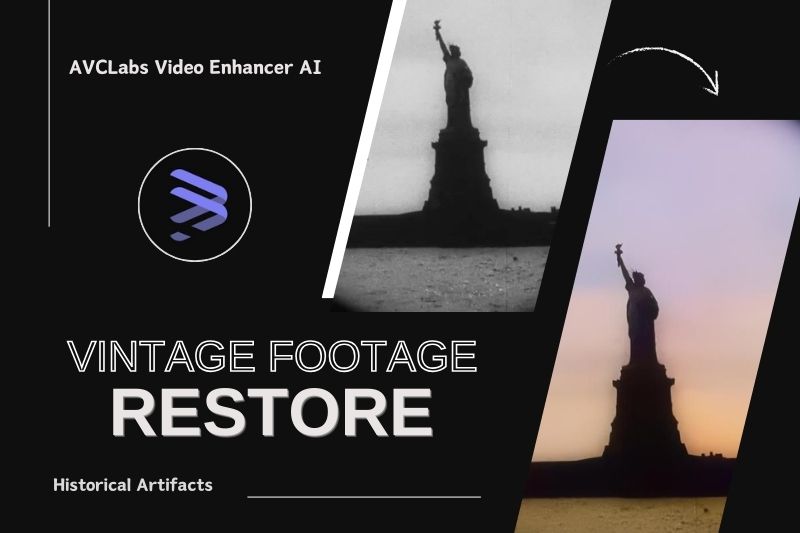
4 Steps to Restore Old Film Footage of Historical Artifacts Using AI
As a powerful AI video enhancer, AVCLabs Video Enhancer AI is a professional video enhancement software that uses AI capabilities to restore video quality. It is available on Windows and macOS and offers a variety of filters and AI models designed to give users the best outcome to bring out the vivid appeal of their videos. Next, it is shown that 4 super easy steps demonstrate how to use AVCLabs Video Enhancer AI to complete the restoration of old film footage of historial artifacts.
Step 1 Select The Preset
Click the “Presets” button after importing the old film footage of historical artifacts, and select to upscale to 4K and convert to 60 fps. Also, you can complete simple trimming and cropping of the imported footage, and preview it or change another one at the bottom of the program interface.
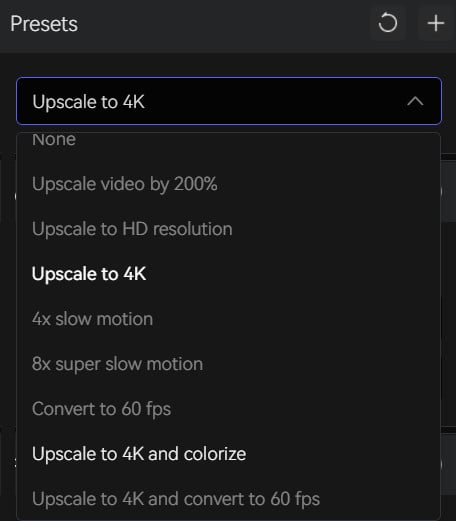
Step 2 Select The Features
Click to open the feature list to choose your intended features, including AI Enhancement, Face Enhancement, Colorize, and Motion Compensation.
👉️Colorize : You can adjust Render Factor, and then choose an AI models from two (Bright and Soft) to colorize the B&W old film footage of historical artifacts.

👉️AI Enhancement: There are six AI models are offered to choose, including Standard, Ultra, Anime, Standard(Muti-Frame), Ultra(Muti-Frame), and Denoise.
👉️Face Enhancement: You are free to adjust the Enhancement Level from 5 to 100.
👉️Motion Compensation: You can adjust Slow Motion to achieve frame interpolation. Motion compensation technology can generate additional frames, resulting in smoother and more detailed slow-motion videos.
Step 3 Adjust the Video Settings
According to your need, adjust the Brightness, Saturation, Contrast, and Sharpen strength of the old film footage of historical artifacts.
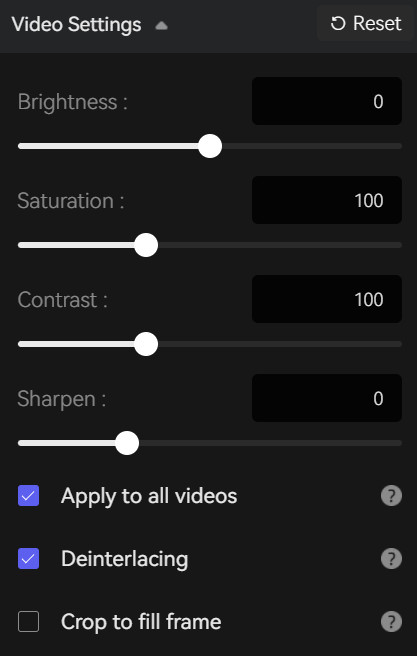
Step 4 Export the Footage
Click “Start Processing” after previewing the footage and finishing the output settings.

Best AI Tool For Restoring Old Film Footage of Historical Aritfacts
AVCLabs Video Enhancer AI provides a more convenient way to restore old film footage of historical artifacts. It can not only enhance the footage, improve the clarity of the footage, enhance the faces appeared, but also colorize the B&W video with appropriate effects, so that these old footage can be better preserved while also having more modern aesthetic value. AVCLabs Video Enhancer AI has models such as AI Video Enhancer, AI Video Upscaler, AI Video Colorizer, and Frame Interpolation, and their powerful support makes it easier to improve the video quality to the best.
Traditional restoration and AI restoration, two restoration methods complement and promote each other in the restoration of old footage of historical artifacts, are an inseparable partnership. With powerful algorithm support, AVCLabs Video Enhancer AI provides a novel answer to restore these artifacts and preserve precious memories.
Key Features of AVCLabs Video Enhancer AI
- Losslessly upscale low-resolution videos to 1080p, 4K, and 8K
- Remove noise and recover and enhance facial details.
- Colorize black-and-white videos to bring them to life.
- Automatically blur unwanted video parts to protect privacy.
- Eliminate camera shake to achieve smoother video playback.
FAQs About Restoring Old Film Footage
What is the difference between AI restoration and traditional restoration?
There are significant differences between AI repair and traditional repair in many aspects. As two seemingly opposing repair methods, in actual applications they often need to complement each other to jointly promote the development of repair technology.
AI Restoration: First of all, AI repair relies on advanced algorithms and machine learning models, which can quickly process large amounts of data, significantly improve repair efficiency, and achieve higher accuracy. However, AI restoration currently has limitations in terms of color reproduction and historical accuracy.
Traditional Restoration: First, traditional restoration usually relies on manual operations and experience, often requiring a high degree of professional knowledge and skills. Thirdly, manual repair often takes a long time, especially for complex repair tasks. Also, it relies on the experience and aesthetics of the restorer to be more refined and accurate in detail processing.
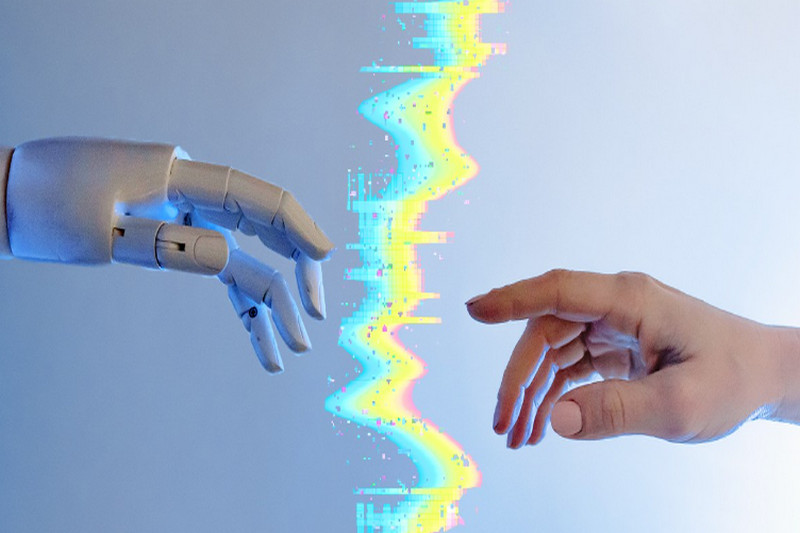
What Is Digital Film Restoration?
The term restoration is used to create a new rendering with the aim of reproducing as many features of the original, historical film as possible. Traces of damage can be removed, and sometimes several (incomplete) film copies are combined to arrive at a more complete end result.
👉️ Learn More : How to Upscale An Old Movie to 4K and Reduce Noise Using AI?
Conclusion
In this article, it first introduced how to use a powerful AI tool to restore old footage of historical artifacts. Secondly, it placed a general understanding of the obvious differences between AI restoration technology and traditional restoration technology, and the concept of digital film restoration in the FAQ part. By comparison, it is seen that the restored videos with AVCLabs Video Enhancer AI have higher clarity and more modern aesthetic values. Click the button below now to have a pleasant experience of restoring old footage of your favorite historical artifacts!

